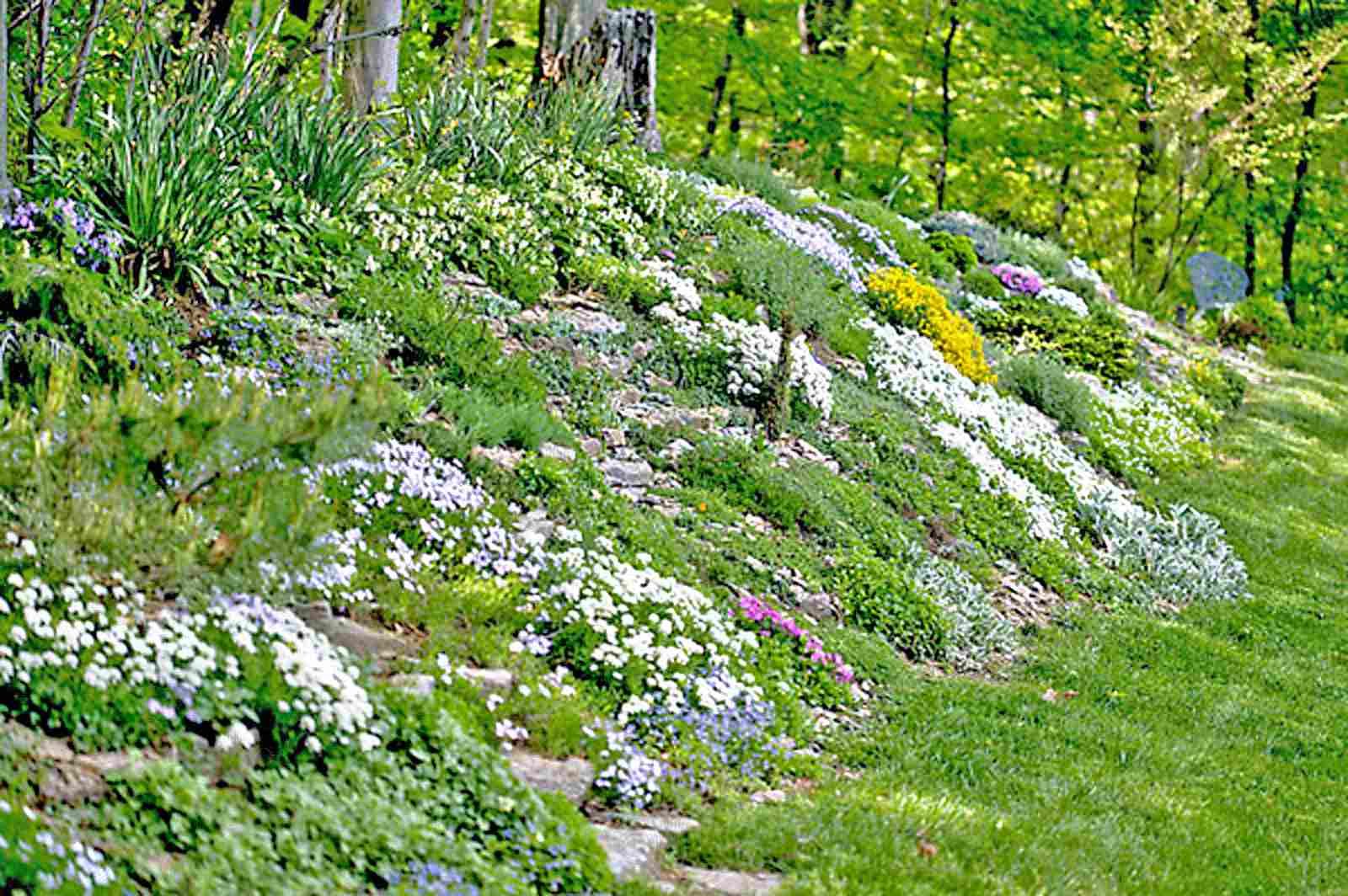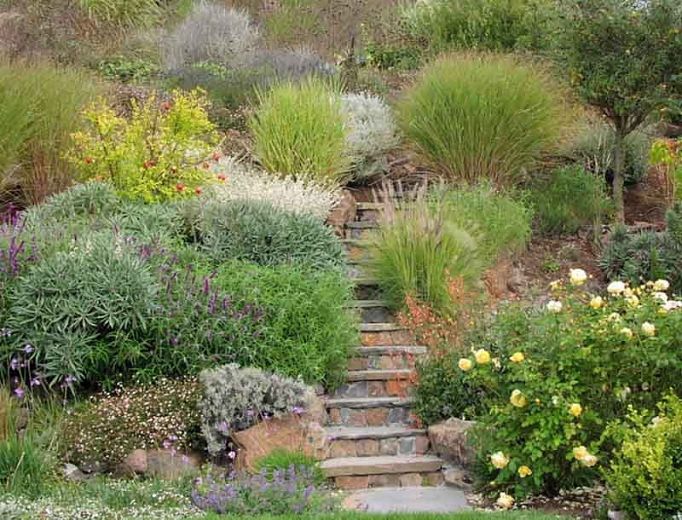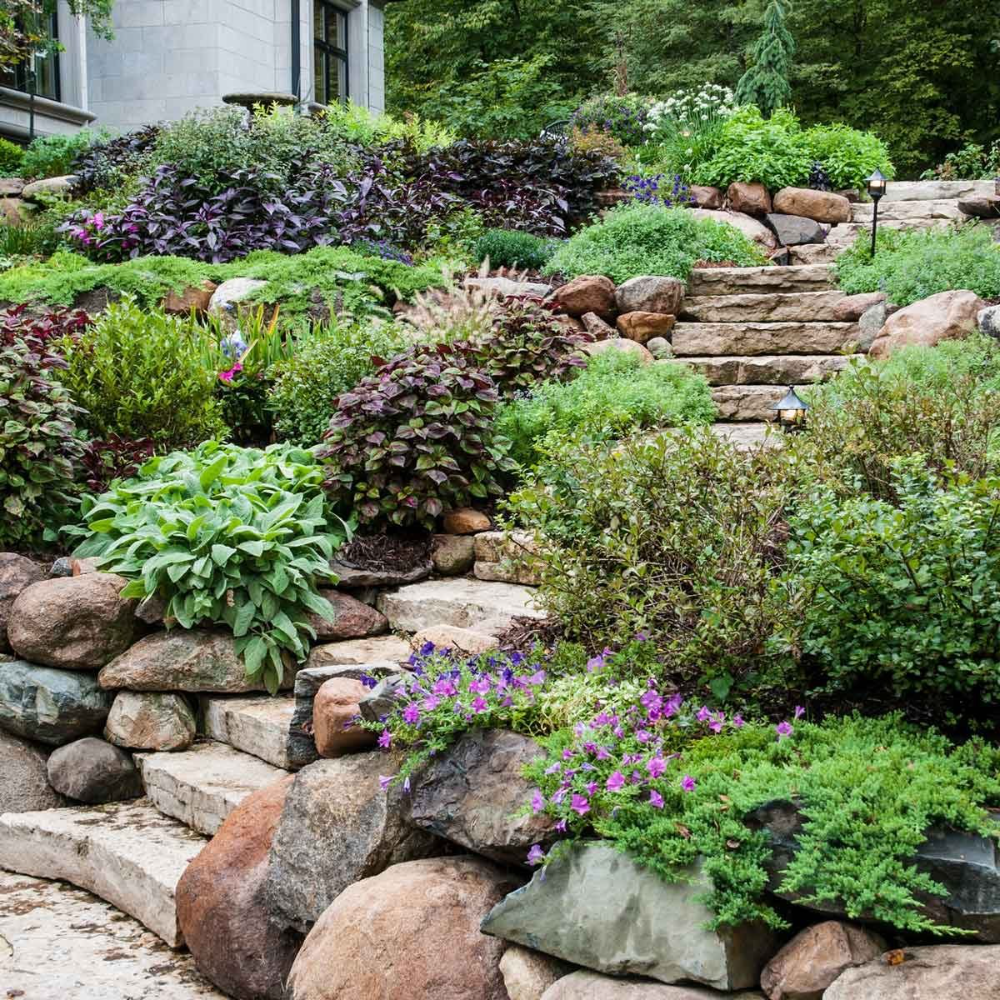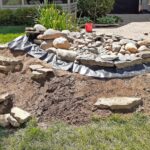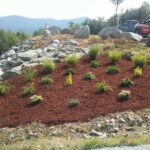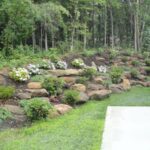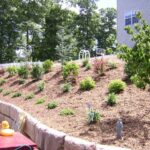Landscaping a hillside can be a challenging but rewarding project for homeowners looking to transform their outdoor space. With careful planning and consideration, a hillside can be turned into a beautiful and functional area that enhances the overall look of a property. Here are some tips to help you tackle landscaping a hillside effectively.
Before you start any landscaping project on a hillside, it’s important to assess the area and understand the slope of the land. Consider the natural drainage patterns of the hillside and plan your landscaping around them to prevent erosion and water runoff issues. You may need to install retaining walls, terraces, or other structural elements to help stabilize the soil and create flat planting areas.
When choosing plants for a hillside, it’s important to select varieties that are suited to the specific conditions of the slope. Plants that have deep root systems, low water requirements, and can tolerate steep slopes and poor soil are ideal for hillside landscaping. Native plants are often a good choice as they are adapted to the local climate and soil conditions.
Incorporating hardscaping elements, such as pathways, stairs, and seating areas, can help to break up the slope and create a more functional and visually appealing landscape. Consider using materials that complement the natural surroundings, such as stone, wood, or gravel, to create a cohesive look that blends seamlessly with the hillside.
To add interest and variety to a hillside landscape, consider including different textures, colors, and heights in your plantings. Mix and match plants with varying foliage, flowers, and shapes to create a dynamic and visually interesting garden. Group plants with similar water and light requirements together to ensure they thrive in their new environment.
Maintaining a hillside landscape can be more challenging than a flat yard, as erosion, water runoff, and soil erosion can be ongoing issues. Regularly monitor the health of your plants, check for signs of erosion, and adjust your landscaping as needed to prevent problems from getting worse. Consider using mulch, ground covers, or erosion control blankets to help stabilize the soil and prevent erosion.
With careful planning, proper plant selection, and maintenance, landscaping a hillside can transform a once challenging area into a stunning and functional outdoor space. By following these tips and taking the time to create a thoughtful landscape design, you can create a beautiful hillside garden that enhances the overall look and value of your property.
